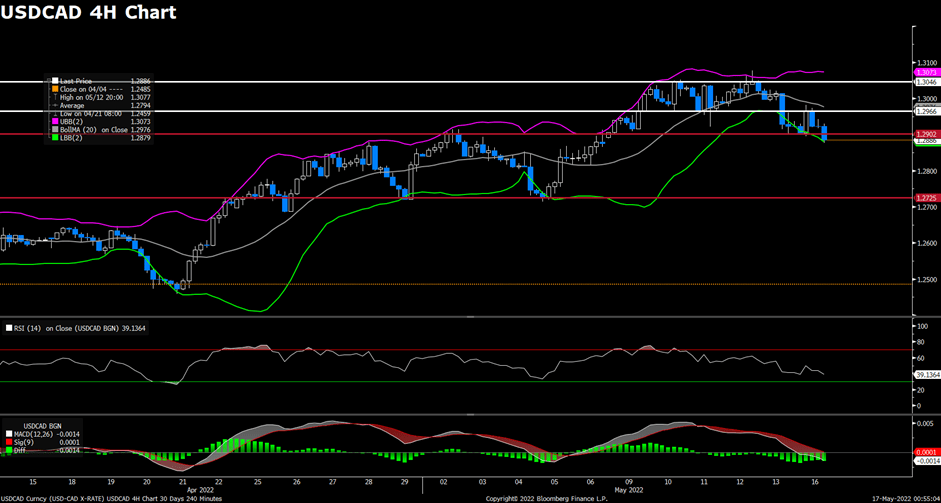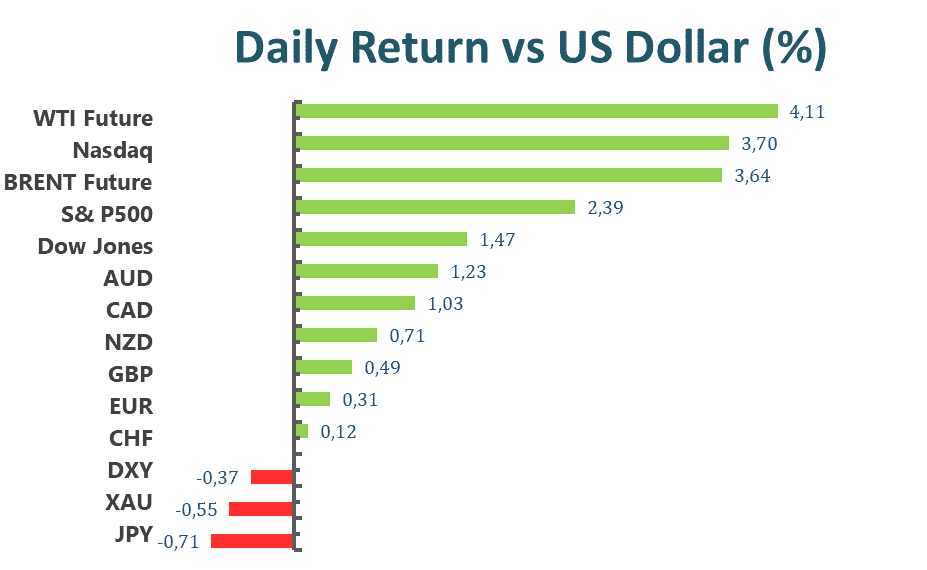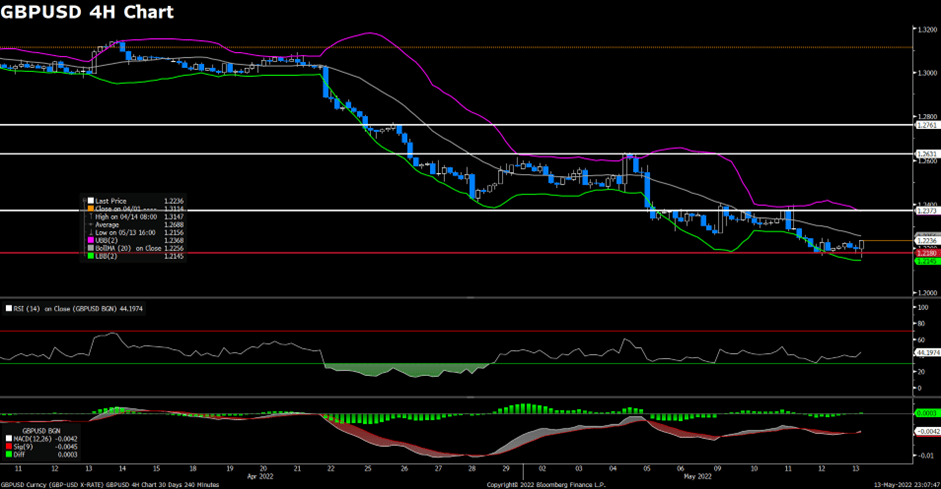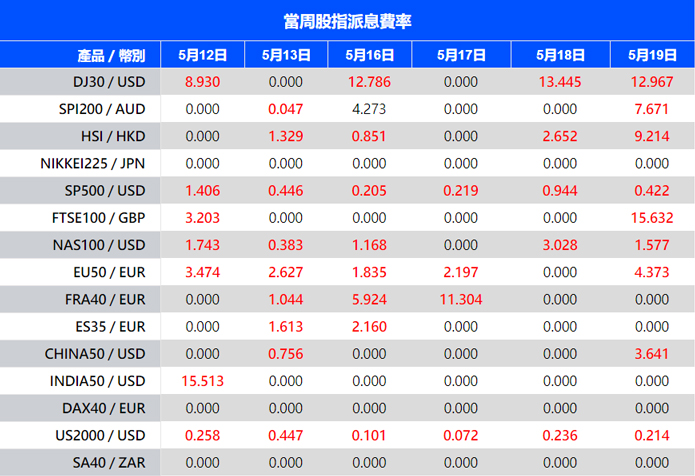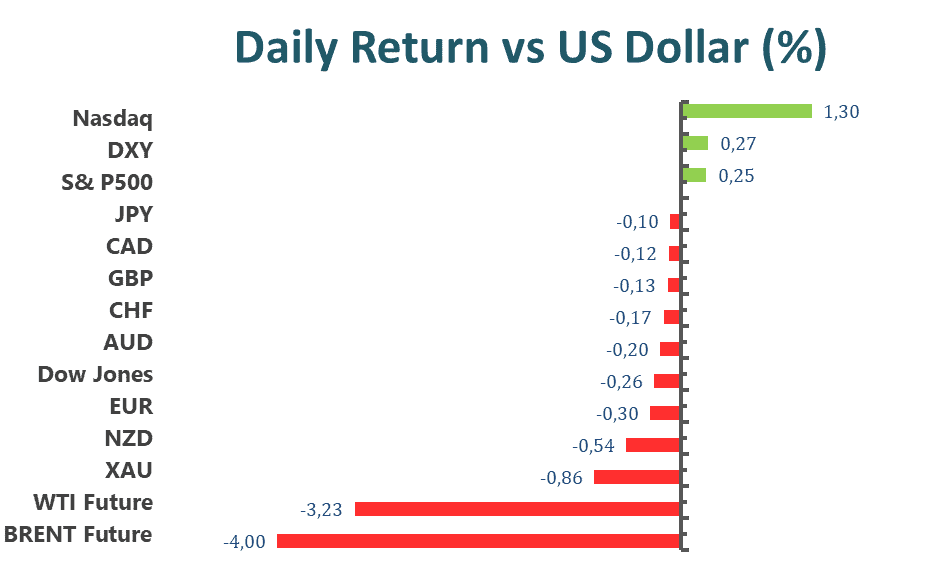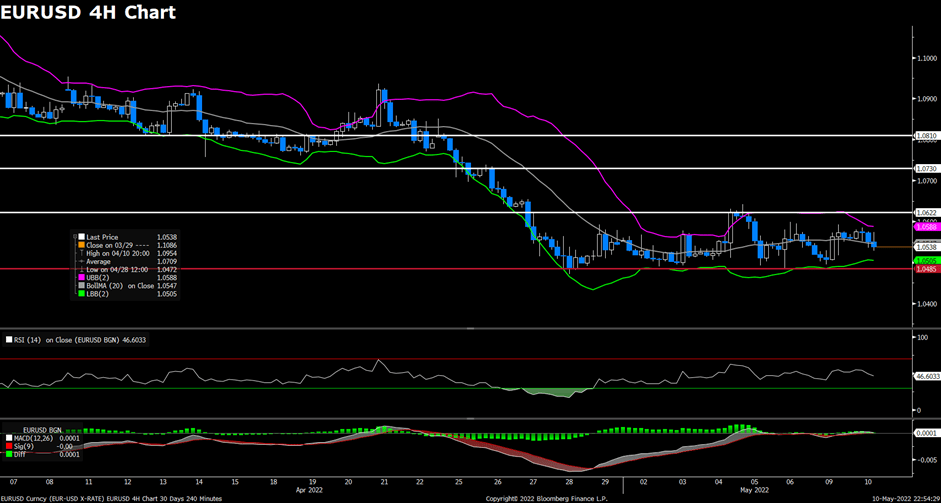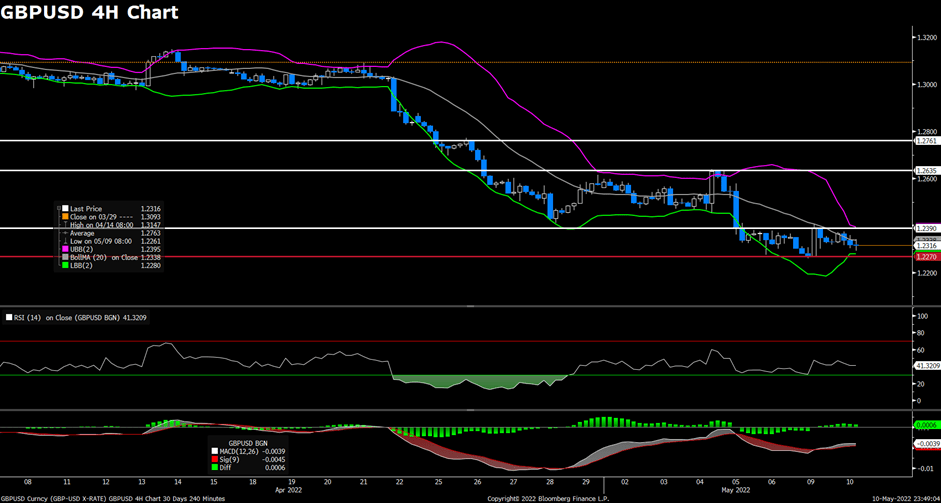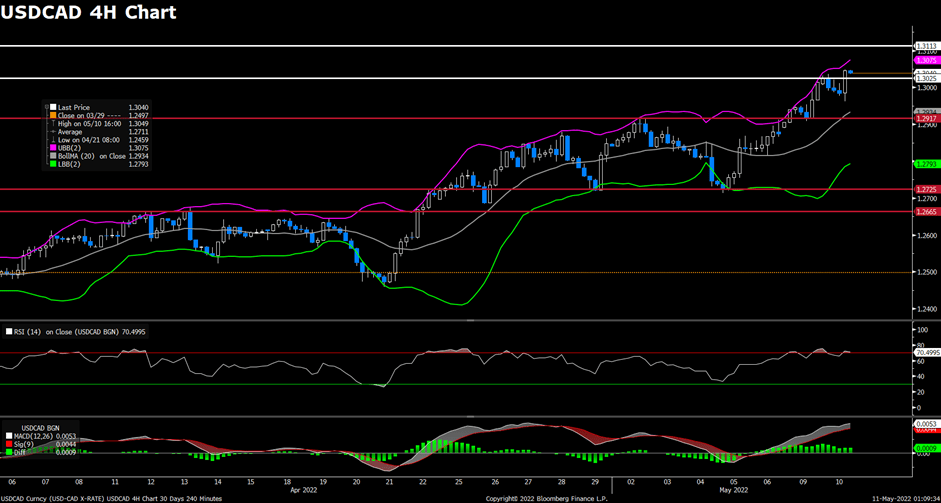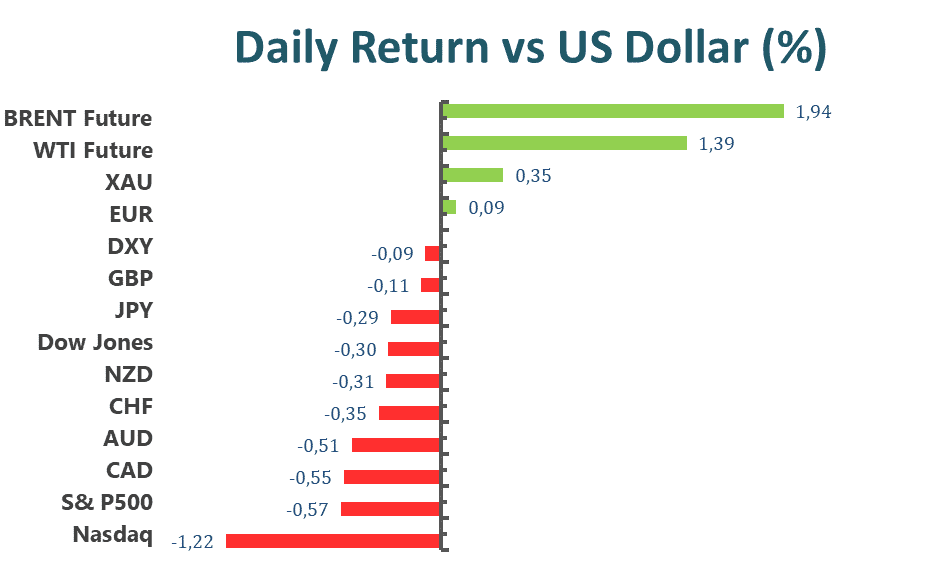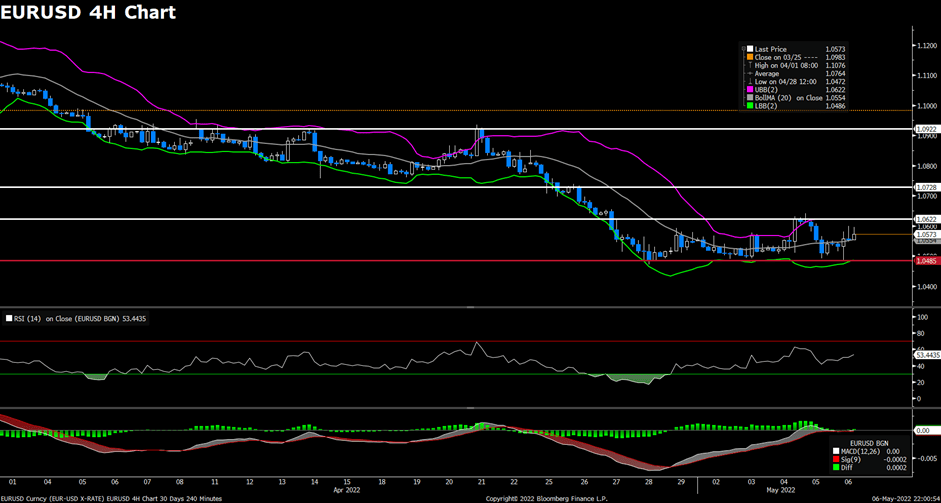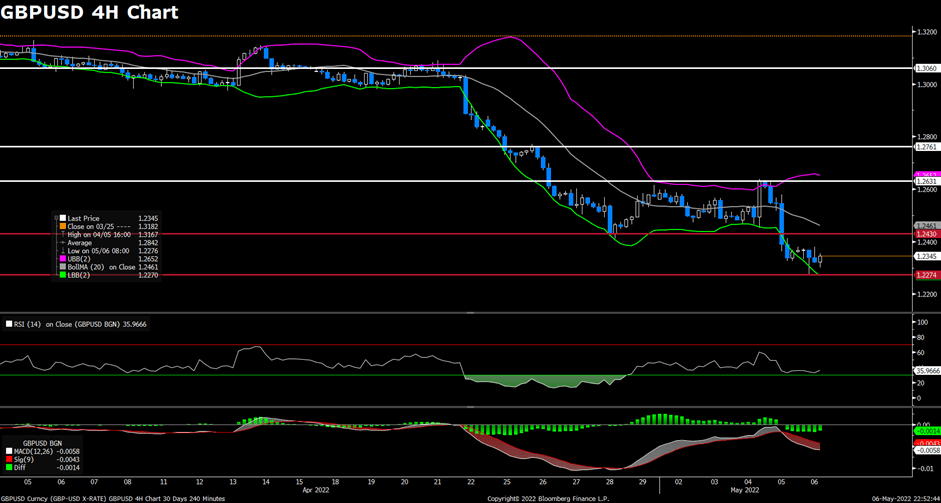U.S. stocks rose on Tuesday, helped by a rebound in technology firms, as all three indexes recovered from last week’s heavy selling amid fears about rising inflation and a slowing economy.
The S&P 500 gained 2 %, while the Dow Jones Industrial Average gained 400 points. The tech-heavy Nasdaq Composite Index surged 2.8 % as technology stocks rebounded from Monday’s decline. The S&P 500 had lost six weeks in a row, its longest losing streak in over a decade, and the Dow Jones Industrial Average had lost seven weeks in a row, its greatest one-week drop since 2001.

Walmart Inc. fell to its lowest level in nearly 35 years after lowering its full-year profit forecast owing to inflationary pressures, particularly in food and fuel.
Wall Street’s confidence in Walmart’s capacity to absorb increasing expenses for merchandise, transportation, and labor was shaken by the deteriorating forecast. As a result of growing prices, consumer morale has fallen to its lowest level in a decade, highlighting the pressure on US consumers. Walmart and peers already were facing tough comparisons to early 2021, when federal stimulus payments bolstered household spending during the coronavirus pandemic.
Walmart’s (WMT) stock dropped 11.38 % to $131.39 after the retailer reported a huge loss. During intraday trade, the retailer dropped as much as 11.75%, marking its worst day since 1980. During the 1987 stock market meltdown, Walmart’s shares dropped 11.68 %.

Main Pairs Movement
The dollar was slightly lower across the board as it extended the bearish correction that began on Monday. Optimistic U.S. data helped improve market sentiment, with global indices closing higher. Nonetheless, the potential concerns remain the same. Following Russia’s invasion of Ukraine, tensions between Europe and Russia have remained high. Ukraine has withdrawn from the negotiations, according to Russian Deputy Foreign Minister Andrei Rudenko.
The EUR/USD pair increased to 1.0555. GBP/USD hit 1.2498 and finished the day nearby, with the pound underpinned by a stronger-than-expected UK jobs report. The AUD/USD pair trades above the 0.7000 thresholds, while the USD/CAD extended its slump and trades at 1.2800.
Despite softening gold and oil prices, the stronger performance of equities supported commodity-linked currencies. WTI is now trading at $109 per barrel, while gold has closed at $1,816 per troy ounce.
The USD/JPY pair ended the day little changed at 129.35, while USD/CHF dipped to 0.9938. US Treasury yields increased slightly, with the 10-year note flirting at 3%.
Technical Analysis
EURUSD (4-Hour Chart)

The EUR/USD pair advanced on Tuesday, regaining upside tractions and extending its rebound towards the 1.055 area amid an improved market mood. The pair were flirting with the 1.043~1.045 area in the Asian session, then started to witness upside momentum and touched a daily high above the 1.055 level during the European session. The pair is now trading at 1.0538, posting a 1.03% gain daily. EUR/USD stays in the positive territory amid a weaker US dollar across the board, as the dollar comes under bearish pressure after the overbought condition is seen in the last couple of sessions. On the economic data side, the US Core Retail Sales rose 0.6% MoM in April, which was higher than the 0.4% expected. Klaas Knot, a member of the Governing Council of the European Central Bank, made hawkish remarks in which he stated that the bank should not rule out a 50 basis point rate hike if the data proves it.
For the technical aspect, the RSI indicator is 64 figures as of writing, suggesting that the upside is more favored as the RSI stays above the mid-line. As for the Bollinger Bands, the price moved out of the upper band so a strong bullish trend can be expected. In conclusion, we think the market will be bullish as the pair is heading to test the 1.0568 resistance. Further gains could be expected if the pair extends its advance beyond the aforementioned resistance in the 1.0570 regions.
Resistance: 1.0568, 1.0622, 1.0730
Support: 1.0359
GBPUSD (4-Hour Chart)

The pair GBP/USD surged on Tuesday, witnessing heavy buying, and rose towards the 1.2480 area amid a strong UK labor market report released earlier in the session. The pair stayed quiet in the 1.232~1.235 area during the Asian session, then gathered bullish momentum and climbed to its highest level in more than ten days above 1.249 in the European session. At the time of writing, the cable stays in positive territory with a 1.32% gain for the day. The reports revealing that there are no new coronavirus cases had been reported in Shanghai supported the market sentiment and lifted the cable higher. For the British pound, the data from the UK showed that the Unemployment Rate fell to its lowest since 1974 at 3.7% in the first three months of this year and wages were also up 7.0% YoY in March, which eased some concerns about the vulnerability of consumers.
For the technical aspect, the RSI indicator is 72 figures as of writing, suggesting that the pair is in the overbought zone now, a trend reversal is possible in the near term. For the Bollinger Bands, the price started to fall after touching the upper band, therefore some downside movements could be expected for the pair. In conclusion, we think the market will be slightly bearish as the RSI indicator on the four-hour chart advanced beyond 70, suggesting that the pair might need to make a downward correction before extending its rally.
Resistance: 1.2631, 1.2761
Support: 1.2390, 1.2270, 1.2180
USDCAD (4-Hour Chart)

As the US dollar dropped sharply across the board amid risk appetite on Tuesday, the pair USD/CAD edged lower for the third successive day and remains depressed around the 1.282 area. The pair attracted some selling and touched a daily low below 1.281 level in the European session, then regained upside momentum to recover some of its daily losses. USD/CAD is trading at 1.2827 at the time of writing, losing 0.15% daily. The ongoing US dollar profit-taking exerted bearish pressure on the USD/CAD pair amid a goodish recovery in the equity markets today. On top of that, the rising crude oil prices also underpinned the commodity-linked loonie as WTI rallied into the $115 per barrel area. The easing fears about the lockdown in China and the EU’s embargo on Russian oil imports have both acted as a tailwind for the black gold.
For the technical aspect, the RSI indicator is 35 figures as of writing, suggesting that the pair is facing bearish pressure as the RSI approaches the oversold zone. For the Bollinger Bands, the price failed to stage a rebound and moved alongside the lower band, therefore a continuation of downside traction can be expected. In conclusion, we think the market will be bearish as the pair is heading to re-test the 1.2808 support. A four-hour close below that support could open the door for additional losses toward 1.2750.
Resistance: 1.2902, 1.2966, 1.3046
Support: 1.2808, 1.2725, 1.2687
Economic Data
| Currency | Data | Time (GMT + 8) | Forecast |
| JPY | GDP (QoQ) (Q1) | 07:50 | -0.4% |
| GBP | CPI (YoY) (Apr) | 14:00 | 9.1% |
| EUR | CPI (YoY) (Apr) | 17:00 | 7.5% |
| USD | Building Permits (Apr) | 20:30 | 1.812M |
| CAD | Core CPI (MoM) (Apr) | 20:30 | 0.4% |
| USD | Crude Oil Inventories | 22:30 | 1.383M |




